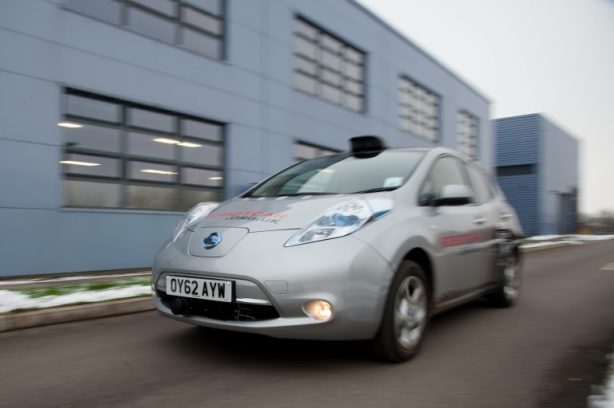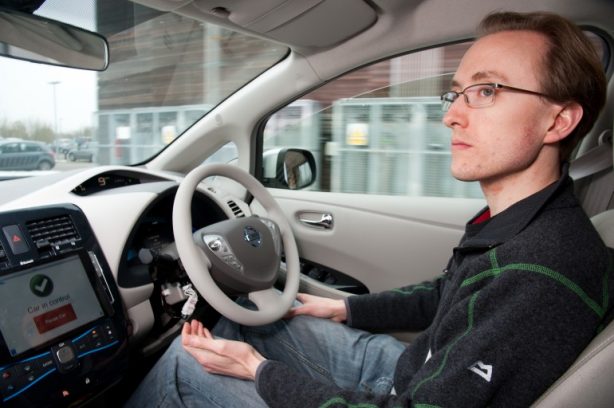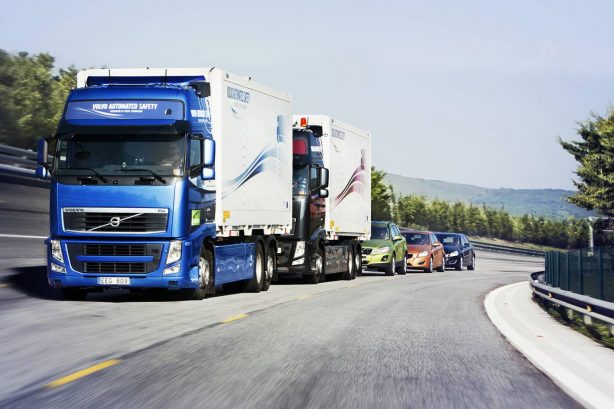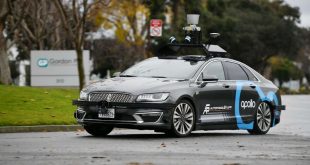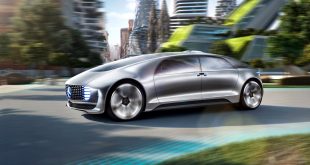Autonomous vehicles are one step closer to reality in the UK, with the British government giving the green light for driverless car testing on public roads by the end of 2013.
So far, driverless cars, or autonomous vehicles, have only been tested on private land, where the car is controlled by a computer guided by a series of sensors and cameras mounted on the car.
According to a Department for Transport report, driverless vehicles are capable of driving on their own “using knowledge of the environment in which they are driving”.
“They maintain a safe distance from the vehicle in front at a set speed and without deviating from their lane – all without the driver’s input,” says the report.
As part of a £28bn investment in British road to reduce congestion, the trails – to be carried out by a team of Oxford University researchers who developed the autonomous car based on a Nissan Leaf – will initially be limited to lightly-used rural and suburban roads. The driverless cars will also be driven in a “semi-autonomous” mode, where a human passenger can intervene at any time should a situation arises.
This follows public trials in the US, where three states – Nevada, Florida and California – passed legislation allowing autonomous cars to be driven on public roads.
Google is at the fore-front of driverless car technology, with the technology giant the first to convert a fleet of Toyota Prius into autonomous cars, where it uses lasers and cameras to guide a car around obstacles, including other vehicles and human beings.
Semi-autonomous vehicles are already a reality with manufacturers from Volvo and Mercedes-Benz to Honda and Ford all having vehicles that are capable of applying the brakes autonomously when presented with an obstacle. Earlier this year, Volvo successfully completed the SARTRE where vehicles are linked into a platoon that travel together.
Some of those cars are also capable of steering themselves, albeit for a short period, around the bends. It won’t be long before we can hop in the car and read the newspapers while the car does all the driving.
 ForceGT.com Car News, Car Reviews, Video Reviews, Tuning and much more.
ForceGT.com Car News, Car Reviews, Video Reviews, Tuning and much more. 